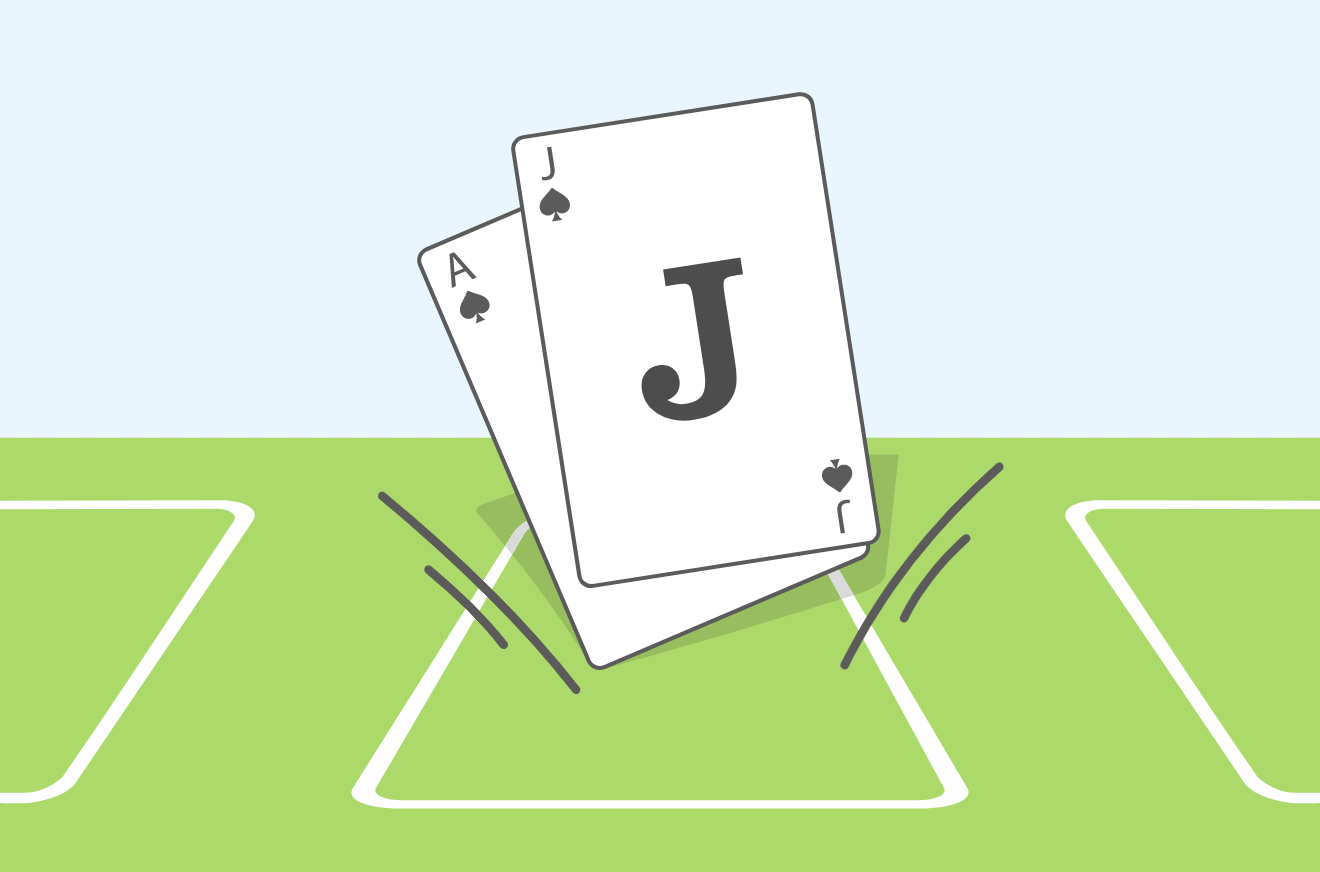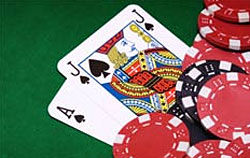Card Counting Systems
What is Card Counting? Card counting is a system of keeping track of all the dealt cards in the game in order to ascertain when the deck favors the dealer and when the player has higher odds. The odds are determined by the number the counter keeps in his mind. History of Card Counting. Back in the 1950’s, the first basic strategy system and simple card counting systems were devised. The systems didn’t get much attention until the 1960’s, when a mathematics professor by the name of Dr. Thorp published a book titled Beat the Dealer. Multi-level card counting systems have different kinds of values such as +4 and -2 which makes them more challenging (although in theory, more profitable too). The Hi/Lo Count and the KO Count are popular single-level card counting systems, whereas Hi Opt 2 is a popular multi-level card counting systems.
- Best Card Counting System
- Blackjack Card Counting Systems
- Best Card Counting Systems
- Compare Card Counting Systems
- Advanced Card Counting Systems
All players regardless of what they say they want from the game, really hope to win big. As you know, there is no method to completely eliminate the casinos edge; even blackjack basic strategy cannot do that. Therefore, players who wanted to win more decided they needed a stronger tool against casinos. Card counting is the only legal method to reduce the house edge and to feel more confident in the casino.
Blackjack Card Counting
Find out how to count cards in blackjack and learn the difference between running and true counts in hi lo card couting strategy.
watch the videoWhat is Card Counting?
Card counting is a system of keeping track of all the dealt cards in the game in order to ascertain when the deck favors the dealer and when the player has higher odds. The odds are determined by the number the counter keeps in his mind. This number is found by adding or subtracting a definite number to a starting count of zero as the cards are dealt on the table.
The player determines the odds in the game and can vary his bet, betting more when the deck has high player odds and betting less when the deck favors the house.
Values of Cards

To keep track of and count all the dealt cards in blackjack, all the cards in the deck have particular values which are different from the traditional values used for counting the hand total. Blackjack card counters use the following values of cards:
count as +1
count as 0
count as -1

Card Counting in Action
Let's consider an example of a real blackjack game and count the cards as they are dealt.
Above you can see two players at a blackjack table. The cards are dealt and the counter starts counting in his mind.
The first cards are:
If you look at the section Values of Cards above, you will see the value of each card. All you have to do is to add the values together.
1+0−1+0+0 = 0
The game continues and the players can choose from the available options.
The player on the first base stands and takes no more cards. The player on the second base, splits and gets a 9 and an Ace. The dealer reveals the hole card and has a total of 17. The new cards here are:
Now we add the value of these cards to the count total we had before.
0+0−1−1 = −2
The overall count for this game now is -2.
This count means that mostly high cards have been dealt and the deck is now full of small value cards, which favors the dealer. The counter will most probably decrease his bet and play the game with a smaller risk.
The game continues and the next hands are dealt. The counter now keeps on counting the cards proceeding from the number he had on the previous game (-2).

However, this Count can only be applied when the game is played with 1 deck of cards and is called a Running count. Due to the fact the running count can only be used for a game with one deck and the system is not accurate if used for more than 1 deck, this system is called an Unbalanced card-counting system.
Balanced vs. Unbalanced Count
Unbalanced card-counting system - is a system that uses the count of a cards one by one as they are dealt and is used in a 1-deck blackjack game.
Balanced card-counting system - is a system that applies the method of Unbalanced card counting and modifies it according to the number of decks used in the game. This method enables the counter to accurately calculate the correct result of card counting and apply it in the game.
The balanced count is usually viewed as an application of the Running count and thus the player can convert the result into the True count.
In order to convert the Running count into the True count, the counter should divide the result of the running count by the number of decks left in the game.
For example, if the running count is 12, and there are 4 decks in the shoe left, the player gets a true count of 3 (12/4=3)
The True count is the basic system of card counting. This method helps you choose how much and when to bet. In addition it tells you when it is better to switch from the recommendations of basic strategy and either risk or surrender.
What do I do with the result of the count?
Remember that a positive count tells you it's time to bet more as there are high cards left in the deck. In general, when the true count is higher than 4 there are lots of high cards in the deck and you should increase the bet and be careful when you hit. However, this rule may vary for a different number of decks and no one is qualified enough as to tell you when to risk and when not to.
Best Card Counting System
The most difficult part of this count is to predict how many decks are left in the shoe.
bet more'>
In order to find out more about the average results of the count and how often this or that outcome may occur, you can look at the tables with generated hands for games with One, Four, Six or Eight decks of cards.
Getting the Edge
Card counting is based on the fact that when the deck is full of high cards, it has a big advantage for the player and when the deck is full of small cards it is good for the dealer. When the deck favors you, you should make larger bets and make smaller ones when it is good for the dealer.
This is because the dealer has to continue to take cards when he has 16 whereas you can stop any time you wish and not risk going bust when the deck has lots of 10 cards. Likewise, the deck favours the dealer when is full of small cards as he is less likely to bust when he hits.
Needless to say card counting requires much practice, but the correct use of this technique may give you a 2% edge over the casino.
Advanced counting systems
Best books on Card Counting
Blackjack Card Counting Systems
- Standford Wong — Professional Blackjack (High/Low Strategy)
- Ken Uston — Million Dollar Blackjack (Plus/Minus Strategy)
TOP 3 US blackjack casinos
Card Counting Systems Explained
All blackjack card counting systems have the same basic idea: They track the amount of high and low cards already dealt. The purpose of card counting systems is to tell players when to bet big and when to bet small. When the count reaches a certain point, it's either time to start betting more or start betting less, depending on the score and the system.
| System | Level | Balance |
|---|---|---|
| Ace-to-Five Count | Multi-Level | Balanced |
| Hi/Lo Count | Single-level | Balanced |
| Hi Opt 2 Count | Multi-level | Balanced |
| Knockout Count | Single-level | Unbalanced |
| Omega 2 Count | Multi-Level | Balanced |
Best System for Counting Cards in Blackjack
But what is the best card counting system for you?
The best blackjack card counting system for you the one that makes you the most money. And yes, it is different individually because which blackjack counting system is the best for you depends on your skills as a card counter.
Best Card Counting Systems
Using a system that has the biggest edge on the house is meaningless if you're unable to play perfectly according to the system. The more complicated a system is, the harder it is to play perfectly. If you can play perfectly, then the more complicated a system is, the more money you'll make.
Your ability to handle different aspects of card counting should be considered when determining the best card counting systems. Some of these aspects are following:
- How well can you keep up with running count?
- How well can you convert running count to true count?
- How well can you keep up with side counts?
- How seriously can you take card counting?
- How many decks do you prefer to play with?
The best blackjack counting system for beginners is the Hi/Lo Count. It's the easiest card counting method and allows you to start counting as mistake-free as possible. I recommend avoiding other systems until you can use the Hi/Lo Count perfectly. Only then it would be time to move on to more advanced and profitable systems for counting cards in blackjack.
Many card counters agree that simple systems, which are easy-to-use but not as profitable in theory as the more complicated ones, actually make them more money in the long run. Complex card counting systems are more prone to player errors.
On the flipside, the casino staff will have more difficulties recognizing a complicated counting method, which definitely adds value to more difficult systems.
Regardless, the general idea of all successful blackjack card counting methods remains the same: Track the ratio of high-to-low cards, so even if they don't know exactly how you're counting, they might understand that you're betting more when there are loads of high cards left.
Compare Card Counting Systems
Single-level and multi-level systems
Single-level card counting systems have +1, 0 or -1 values on all of the cards which makes them easier to use. Multi-level card counting systems have different kinds of values such as +4 and -2 which makes them more challenging (although in theory, more profitable too).
The Hi/Lo Count and the KO Count are popular single-level card counting systems, whereas Hi Opt 2 is a popular multi-level card counting systems.
Balanced and Unbalanced Systems
The difference between balanced and unbalanced card counting systems is very simple: the sum of all card values in balanced card counting systems is zero whereas in unbalanced systems the sum isn't zero. Unbalanced systems are more difficult to use in general and therefore more profitable in general when executed perfectly.
Advanced Card Counting Systems
You never need to worry about running count vs. true count when dealing with unbalanced counting systems since the system already takes the amount of decks into account. With balanced counting systems, on the other hand, you have to convert running count into true count. (The K-O Count is an example of an unbalanced system and the Hi/Lo Count is an example of a balanced system.)